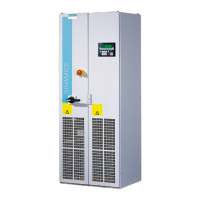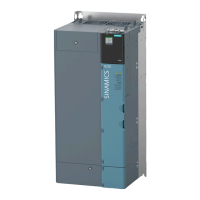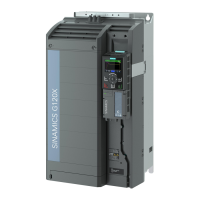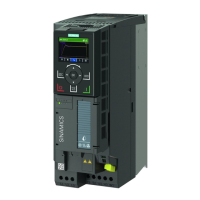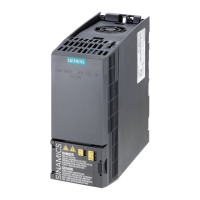Operation
7.5 Communication via PROFIBUS DP
SINAMICS DCP
Operating Instructions, 09/2019, A5E34382853K
221
● Master
Masters are categorized into the following classes:
– Master class 1 (DPMC1):
Central automation stations that exchange data with the slaves in cyclic and acyclic
mode. Communication between the masters is also possible.
Examples: SIMATIC S7, SIMOTION
– Master class 2 (DPMC2):
Devices for configuration, commissioning, operator control and monitoring during bus
operation. Devices that only exchange data with the slaves in acyclic mode.
Examples: Programming devices, human machine interfaces
● Slaves
With respect to PROFIBUS, the SINAMICS drive unit is a slave.
Bus access method
PROFIBUS uses the token passing method, i.e. the active stations (masters) are arranged in
a logical ring in which the authorization to send is received within a defined time frame.
Within this time frame, the master with authorization to send can communicate with other
masters or handle communication with the assigned slaves in a master/slave procedure.
PROFIBUS telegram for cyclic data transmission and acyclic services
Each drive unit that supports cyclic process data exchange uses a telegram to send and
receive all the process data. A separate telegram is sent in order to perform all the acyclic
services (read/write parameters) under a single PROFIBUS address. The acyclic data is
transferred with a lower priority after cyclic data transmission.
The overall length of the telegram increases with the number of drive objects that are
involved in exchanging process data.
Note
SINAMICS DCP does not support isochronous operation. The closed
-loop control is
independent of the PROFIBUS clock cycle.

